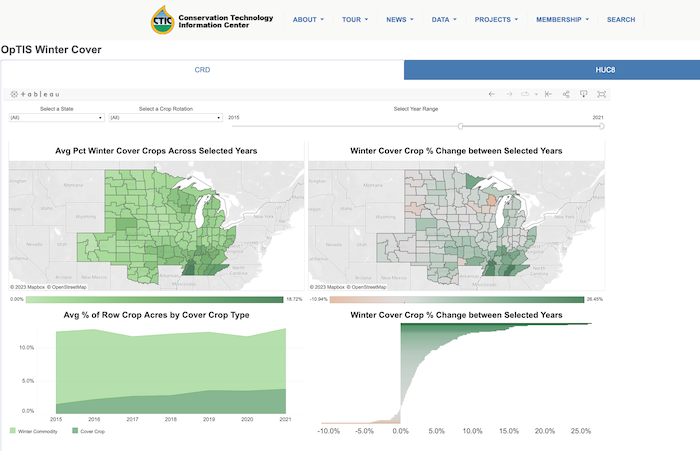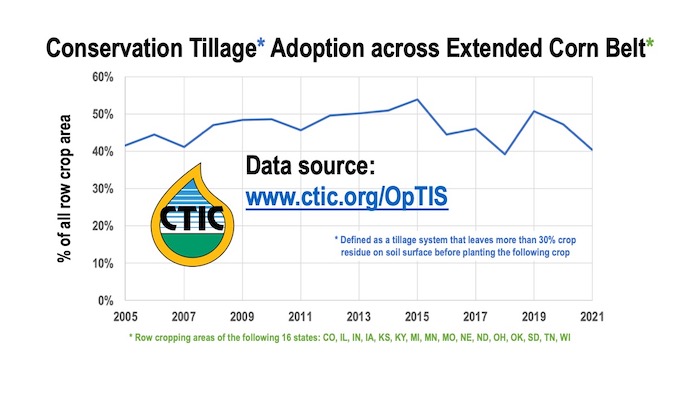The Federal Aviation Administration recently granted a regulation exemption that will allow 1 person to operate 3 drones in a swarm. While some see this as a big win from a productivity standpoint since it has the potential to make cover crop drone seeing more efficient, others see it as a massive safety concern.




Post a comment
Report Abusive Comment